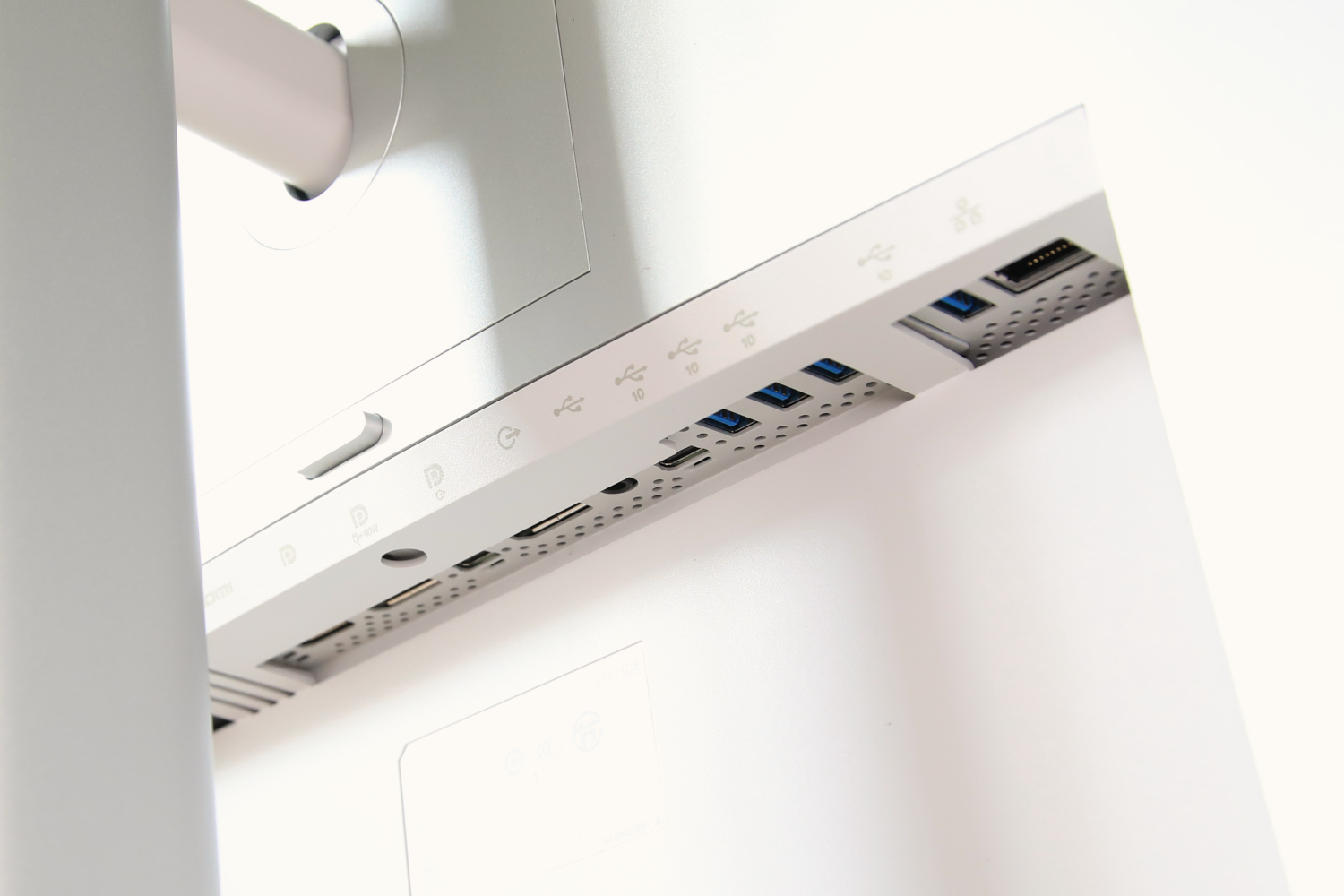
Understanding USB-C Monitors: A Comprehensive Guide
Introduction
USB-C, a versatile connection standard, has become increasingly prevalent in modern devices, including monitors. USB-C monitors offer a convenient and feature-rich solution for expanding your computing capabilities. This guide will delve into the nuances of USB-C monitors, their advantages, and considerations to make when choosing one for your needs.
Benefits of USB-C Monitors
Consolidated Connectivity:
USB-C serves as a single connection point for video, audio, data, and power. This eliminates the need for multiple cables and adapters, decluttering your workspace and streamlining your setup.
Alternate Video Mode (DP Alt Mode):
USB-C supports DisplayPort Alternate Mode, enabling it to transmit video signals over a USB-C port, replacing the need for dedicated video cables (e.g., HDMI or DisplayPort).
Power Delivery (PD):
USB-C monitors can provide power delivery to connected laptops or other devices. This is particularly useful for thin and light laptops that lack dedicated power ports.
Key Considerations for USB-C Monitors
Resolution and Refresh Rate:
As with any monitor, resolution and refresh rate are crucial factors to consider. Higher resolutions provide sharper images, while higher refresh rates result in smoother motion, especially in gaming and video applications.
USB-C Port Capabilities:
Not all USB-C ports are created equal. Ensure your monitor supports the USB-C features you require, such as video input, power delivery, and data transfer.
Power Delivery Wattage:
If you intend to power your laptop via the monitor’s USB-C port, check the power delivery wattage to ensure it meets the power requirements of your device.
Additional Features:
Some USB-C monitors offer additional features such as built-in speakers, webcams, or microphone arrays, providing enhanced functionality.
Advantages and Disadvantages of USB-C Monitors
Advantages:
- Clutter-free connectivity
- DisplayPort Alternate Mode support
- Power delivery for connected devices
- Additional features (e.g., speakers, webcams)
Disadvantages:
- Higher cost compared to non-USB-C monitors
- Limited availability of USB-C monitors with high refresh rates and gaming-oriented features
USB-C Monitors for Specific Needs
Productivity and Office Use:
For office and productivity tasks, look for USB-C monitors with good color accuracy, wide viewing angles, and ergonomics. The Dell U2724DE Ultrasharp is an excellent option with a high refresh rate for a responsive desktop experience.
Home Office and Remote Work:
Home office setups benefit from USB-C monitors that provide a compact footprint and integrated multimedia features. The BenQ GW2786TC offers a large screen, built-in speakers, microphone, and a low price.
Portable and Travel:
For portable setups, consider USB-C monitors with slim profiles and detachable stands. The ViewSonic VP16-OLED is a high-quality OLED monitor with a compact 15.6-inch form factor.
Gaming:
While USB-C monitors generally lack the dedicated gaming features found in high-end gaming monitors, some models offer decent gaming performance. The NZXT Canvas 27Q is a notable exception, featuring a high refresh rate and low response time.
Conclusion
USB-C monitors offer a host of benefits, including simplified connectivity, power delivery, and additional features. By understanding the key considerations and advantages of USB-C, you can make an informed decision when choosing a monitor that suits your specific needs and enhances your productivity, home office, or gaming setup.
